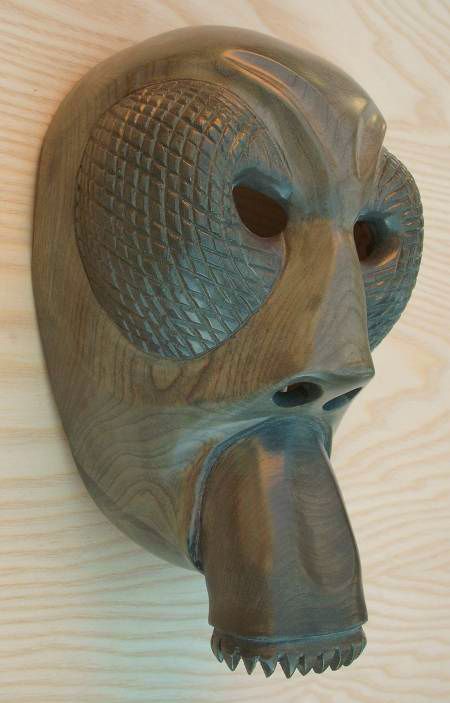Here is the musca macedda!
“The Lord of the flies” according to the Sardinian mythology
Big as a swallow, a sheep or even an ox, but with two wings, numerous eyes and the possibility of moving through swarms – or herds – we can say: sometimes fear has excessive sizes, above all if it is linked to the decay of own land and of the mass destruction of human lives.

With long and sharp teeth, caught the unlucky individuals intercepting them through the long antennae wherever they hid themselves. The stinger, enormous and lethal, was the nightmare of a lot of villages that could be exterminated totally by the musca macedda, not without having indicated its arrival through the continual beating of its wings with a unequivocal buzz. The part of the human body which it seemed aiming at was the head. The legend forward had follow-up so fervid that even the discovery of two skeletons in a fetal position and with the head between their hands, in nuragic complex near Arzachena, caused the cross reference to the musca as the possible mortal cause of those proto-unlucky.
That monster was depicted as a custodian of precious treasures hidden carefully, too. It is common in this interpretation of the legend talking about two chests: the first one holding the aspired riches; the second one holding a swarm of musche macedde. Who had rashly opened that wrong for grabbing the desired treasure, would have put at risk not only own life and that of the village, but, even that of the whole world. So, a true Pandora’s box, distributor of unutterable evils represented by the poisonous qualities of an insect.
By now, it seems understandable that the evil musca was the mythological of the African fly tze-tze, or more probably of the anopheles mosquito, responsible of the malaria disease, a plague known completely by the Sardinian people, and whose fear trespassed the centuries until sublimating in the mythical tale and in a symbolic and exalted figure that primordial terror. The greater spread of that legend in the swampiest areas confirms this hypothesis. And although that box, or better, that chest is by now healthy, there is no Sardinian inhabitant that does not preserve unconscious memory of that ancient fear when the musca macedda comes back for populating the imagination of its listener.